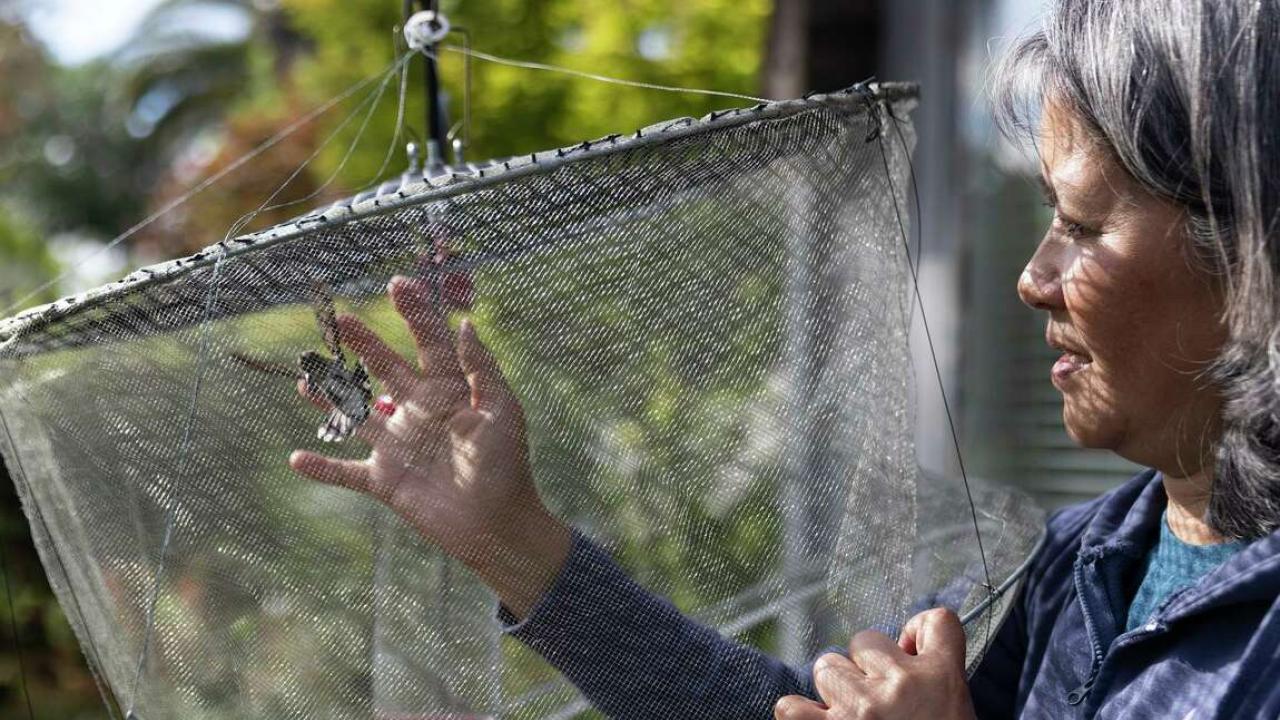
California loves its hummingbirds. But climate dangers loom
Zooming from flower to flower in a flash of iridescent green and fuchsia pink, the Anna’s hummingbird seems to be one of California’s wildlife success stories. Native to Southern California, the tiny fliers are now common throughout the state and seen on snowy branches in Alaska and cacti in Arizona.
Their expansion is credited to human-provided feeders and flowering plants, as the birds’ remarkable flying abilities and outsize personalities make people want to lure them into their backyard.
“They’re really beautiful birds, and they’re very engaging,” said Dr. Lisa Tell, professor of avian medicine at the UC Davis School of Veterinary Medicine, who said the birds retain memories of where food resources are available. “They’re not shy just to fly up to a person and hover around them.”
The agile birds aren’t picky when it comes to finding homes, and their population is doing relatively well, but climate change has likely already shifted where the Anna’s hummingbird resides.
